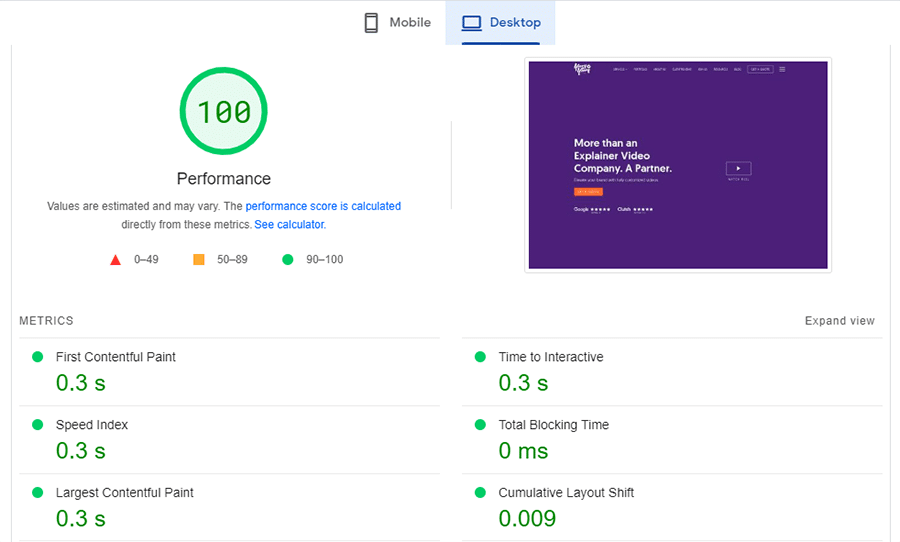Table of Contents
Healthcare Digital Marketing 101: Why It’s Key for Your Business

In today’s world, where having a positive online presence is the norm, digital marketing has become crucial for all industries that want to stay relevant. Yes, believe it or not, that includes the healthcare industry! That’s why, in this article, I’m going over everything related to healthcare digital marketing.
I’ll start with what healthcare digital marketing means and why it’s crucial to implement it. Then, I’ll be rounding off with some techniques you can try out to grow your business’ visibility.
Keep on reading to find out why you can’t afford to ignore this type of marketing!
First Things First: What Is Healthcare Digital Marketing?
To put it simply, digital marketing for healthcare involves applying different techniques and strategies to promote your medical business online. You’ve probably seen these tactics hundreds of times: YouTube ads, promoted tweets or Instagram posts, business websites, and more.
Implementing a digital marketing campaign can help promote your services, establish yourself as an expert in your niche, and build trust with both potential and current patients and customers.
Of course, every industry has its peculiarities, and these strategies must be adapted to them — and, the healthcare industry is no exception! This type of marketing can do wonders for your business, but you have to know the basics first to make the most out of it.
How to Implement Digital Marketing for Healthcare
Now that you know what healthcare digital marketing is and why it’s important, let’s jump into some tactics you can implement in your next marketing campaign.
Table of Contents
1. Have a Great Website
Providing your patients with a website with all the information they might need is paramount. Your page is where they’ll go to when looking for a specialist, so making a good first impression is essential.
A good design, fast loading times, quality content, and an intuitive layout can make your page easier to navigate, encourage visitors to stay longer, and increase their chances of booking an appointment with you.
Additionally, a good user experience can also help your SEO efforts tremendously. When you follow SEO best practices, Google and other search engines determine that your website is useful for a patient’s query, so they position it at the top of the results page. This gives your site more visibility, and increases the chances of people clicking on it.
Another critical factor to consider is Google’s Core Vitals. They measure your page’s speed and user interactions, and are part of your overall “page experience” score. For example, check out Yum Yum Video’s metrics in this area:
We pass all of Google’s Core Vitals metrics, ensuring a stellar performance for our website. If you’re interested, you, too, can check your page’s metrics!
2. Try Out Video Content
When you have an important message to deliver to your audience, there’s no better way of doing it than by using video. It’s a fantastic tool for sharing information quickly, efficiently, and effectively.
There are many types of videos that can be used in the healthcare digital marketing world: product videos for your new product launches, testimonials from your patients, animated explainers that educate your audience about their pain points and how you can help them… Videos are incredibly versatile and can be custom-made to fit your specific goals and even your aesthetic!
Let’s lead by example. Take a look at some of our best healthcare marketing videos:
Animated Explainer for Thermo Fisher
A topic that can be hard to understand for those who aren’t medical experts is made easily digestible with an 80-second video. In healthcare digital marketing, providing valuable information to your potential customers and patients with similar pieces is an amazing way of building brand trust and awareness.
Inbound Marketing Educational Video
While this example isn’t related to the healthcare industry, it works wonders to show the power of educational video content. These videos are meant to educate your viewers about any industry-relevant topic. By doing so, you’re also positioning yourself as a field expert and a knowledgeable source of information for them.
Health Mart Whiteboard Animation
Whiteboard animation is the go-to style when you need to break down a complex topic into more manageable pieces of information. You could make one to educate your patients about a specific topic, like how a medicine works, or to go over the services you provide, like the video above.
McKesson Testimonial
This testimonial features a representative from McKesson, the company we did the previous whiteboard animation for. If you have a patient who wants to share their story to inspire others, you can produce a similar video about their experience with you or their successful journey from diagnosis to full recovery.
3. Use Social Media Platforms
Having a Facebook, Instagram, or Twitter page (or all three!) is the perfect way to stay in touch with your patients and build a meaningful, long-term relationship with them.
When seeking treatment, patients can feel overwhelmed by their situation, and the lack of information about their problem or the distance they might feel between them and medical professionals only makes things worse. Having a social media presence can help humanize your business, and make them feel secure and more confident in choosing you over the competition.
Pro Tip: Use this healthcare digital marketing fact to your advantage, and upload valuable and updated information about your specialty. In addition to providing helpful data to your patients, regularly posting on social media boosts your credibility.
4. Write Optimized Blog Posts
Having a blog allows you to post in-depth educational content. The format encourages you to explore a topic thoroughly, which is something you can’t do with other strategies.
Medical digital marketing is all about producing helpful content for your patients. Make sure your blog posts are educational and not purely promotional tactics. Give your readers a possible solution to their problem, and in return, they’re more likely to keep coming back and choosing you when evaluating different healthcare specialists.
Pro tip: a blog post is also fantastic for implementing SEO best practices on and rank higher in the SERPs by using long-tail keywords, for example.
5. Implement a Backlinking Strategy
This is another SEO pillar, a key aspect of your healthcare digital marketing campaigns. Backlinks are the links that go from one website to another, and the search engines interpret them as a vote of confidence for your page. In the SEO world, more backlinks equal a better SERP position.
Creating a successful backlinking strategy requires writing guest posts on another business’ blog. Doing this for another website, much like doing it for your own, shows your knowledge about your niche and allows you to link back to your own page and promote it strategically.
6. Launch an Email Campaign
If you want another effective tactic to stay in touch with your patients, sending personalized emails is the way to go.
Launching mass campaigns and hoping for the best is a thing of the past now, as such a strategy often wastes both your time and theirs. Instead, try segmenting your email list by age, gender, and health conditions to ensure that more people open and actually read your emails.
Additionally, make sure you include these key points in your emails to make them perform efficiently:
- An enticing subject line that catches your reader’s attention
- A clear CTA (Call To Action) button that leads them to your page
- An unsubscribe option (email marketing is regulated by law, so this is legally required!)
Pro tip: Consider implementing an automation tool so you don’t have to worry about manually sending your campaigns. There are even websites that offer this services for different budgetes.
Wrapping Up
Maybe you came here not knowing what healthcare digital marketing even meant. But after reading this post, I hope you learned a thing or two about it!
No matter what your specialty is, trying out a few of the strategies I’ve mentioned is paramount for your business’ success. Whether posting video content or trying your hand at an Instagram page, I’m sure it’ll work wonders for you! Don’t be afraid to dip your toes in the world of medical digital marketing because I assure you it will pay off.






